There are 29 UNESCO listed, world heritage sites in the UK, six of which are found in the northernmost country of the UK, Scotland. Scotland has a wealth of natural and man-made wonders and there is no shortage of amazing things for visiting travellers to see and do. The difficulty does not lie in finding things to entertain and enchant, the problem is trying to narrow down the options and knowing where to begin!
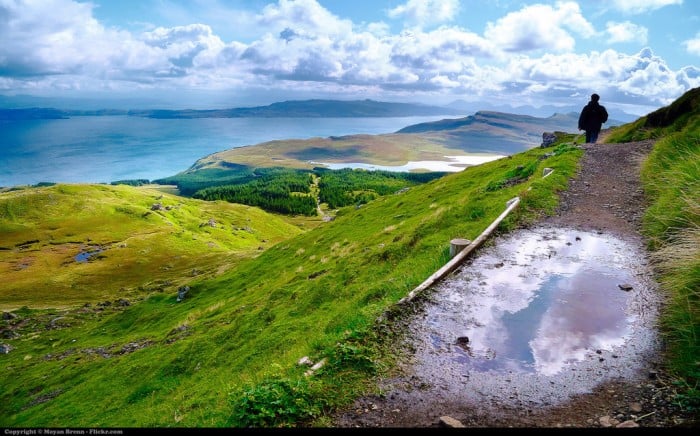 Image credit: Moyan Brenn
Image credit: Moyan Brenn
One of the places you may want to start is with those six sites earmarked by UNESCO as of global, historic and cultural importance. Visiting some of even all of these exciting destinations could be a great place to begin your explorations of this ancient and rugged land on the northern fringes of Europe.
Also read: Top 10 Scenic Destinations in Scotland for Travellers
1. Edinburgh Old and New Town
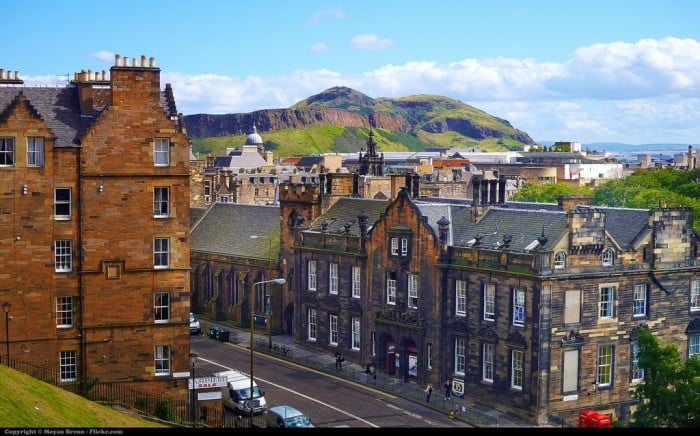 Image credit: Moyan Brenn
Image credit: Moyan Brenn
Edinburgh, the Scottish capital and home of its parliament, is a fascinating and beautiful city with a long and venerable history. Edinburgh is a compact city and its old and new town areas are best seen on foot. Walk along the Royal Mile at the heart of the city, and visit the Castle on the Rock; climb to the high vantage points in Holyrood Park, Salisbury Crags and Arthur’s Seat; and picnic in Princes Street Gardens or visit one of the many museums. Visit the City Vaults, with their dark and tragic history of human habitation, crime, and body-snatching, or take the theatrical tour of the gruesome side of Scottish history at the Edinburgh Dungeon.
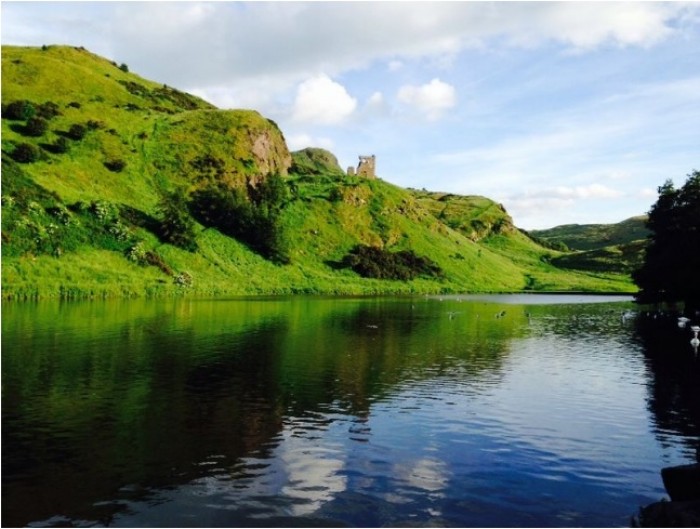
This is a city of two sides, light and dark, old and new, fun and festive in the summer during the famous festival and at times shrouded in a gloomy sea fog rolling in off the Firth of Forth. This is a place with many moods and of course many delights for those who visit.
2. The Forth Bridge
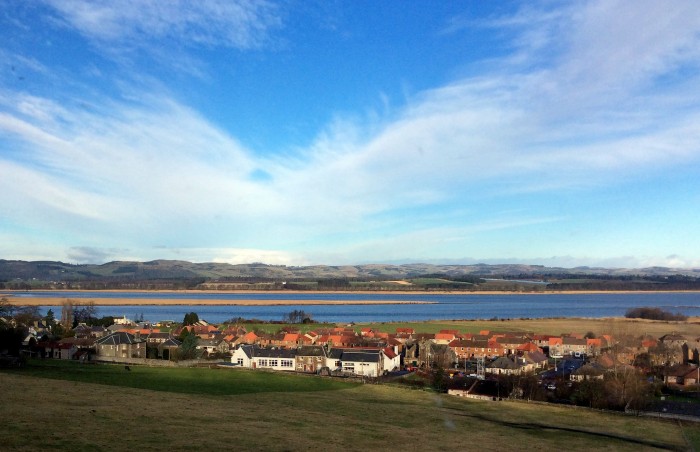 Image credit: John Lord
Image credit: John Lord
While in Edinburgh, it would be a shame not to cross over into the Kingdom of Fife, a coastal area whose historical settlements and charming coastline hold many attractions. If you do so by train, you will be travelling across this next world heritage attraction – the Forth Bridge.
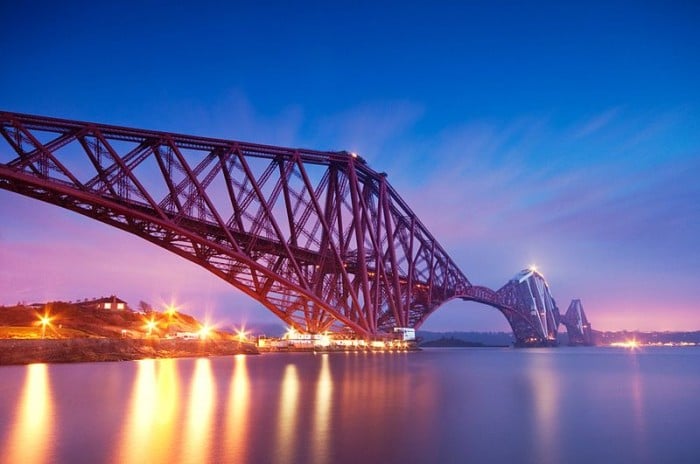 Image credit: George Gastin
Image credit: George Gastin
This rail bridge was constructed in 1890 and was the world’s first major mild steel engineering project. For twenty seven years after it was built, it was the biggest bridge in the world. To see the bridge properly, you can visit North or South Queensferry, or you could take a car or bus across the road bridge that crosses the River Forth. From there, you will have excellent views of the red Forth Bridge, and also of the new road bridge being built on the other side.
3. New Lanark
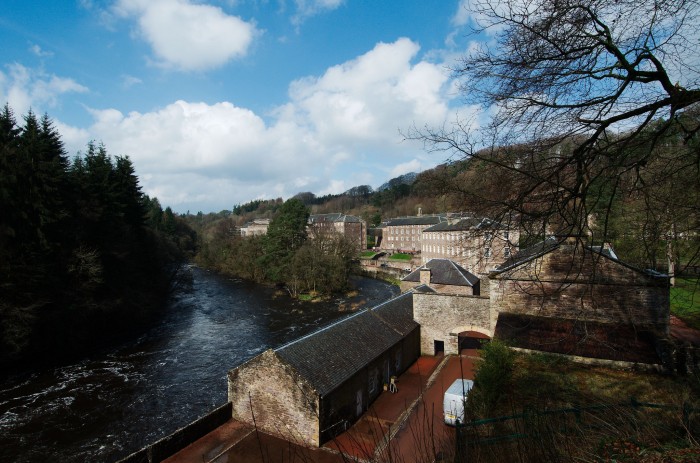 Image credit: Magnus Hagdorn
Image credit: Magnus Hagdorn
New Lanark is a famous historical site in Lanarkshire, around 40 kilometres south-east of Scotland’s biggest city, Glasgow. New Lanark started out in 1786. It was constructed by David Dale, who built cotton mills and housing for the cotton mill workers here on the river Clyde. Under the management of a partnership which included Dale’s son-in-law, the Welsh social reformer and philanthropist Jon Owens,
New Lanark became not only a hugely successful factory business but also the epitome of utopian socialism. Through welfare measures, Owens was able to show that factory owners could give workers a far better quality of life and far better working conditions while still running a profitable business. New Lanark was in operation until the mills shut in 1968. It is now a popular tourist attraction.
4. Antonine’s Wall (Frontiers of the Roman Empire)
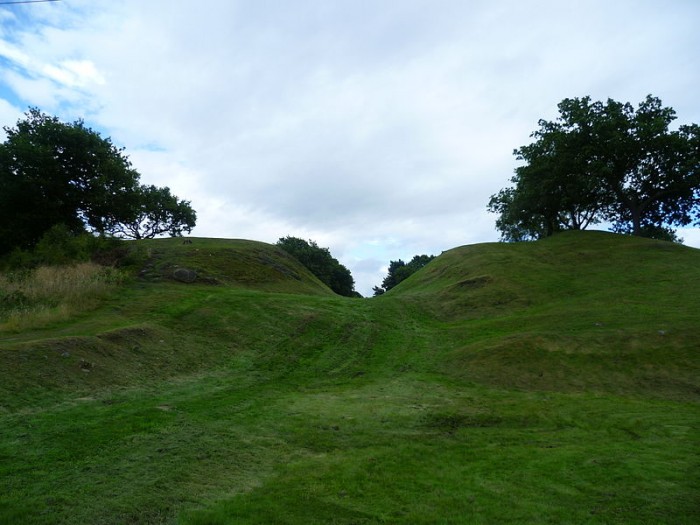 Image credit: Kim Traynor
Image credit: Kim Traynor
Antonine’s Wall may be less famous than Hadrian’s wall, in northern England, but it is also part of the UNESCO world heritage site known as the Frontiers of the Roman Empire.
Antonine’s wall was a large rampart of earth and turf on a stone foundation fronted by a large ditch, rather than a full stone wall but it marked the most northerly fortification of the Roman army and the north-western boundary of their empire. The structure ran for forty miles, from the modern town of Bo’ness on the Firth of Forth to Old Kilpatrick on the river Clyde. When built, it was the most complex border structure ever made by the Roman army, a physical barrier but also a symbol of their power and might. It was constructed in the years following 140 AD and was actually in use for only around a generation before it was abandoned in the 160s AD. The best surviving stretches of the rampart and the forts and other buildings that were found along its length can be visited and are in the care of Historic Scotland.
5. The Heart of Neolithic Orkney
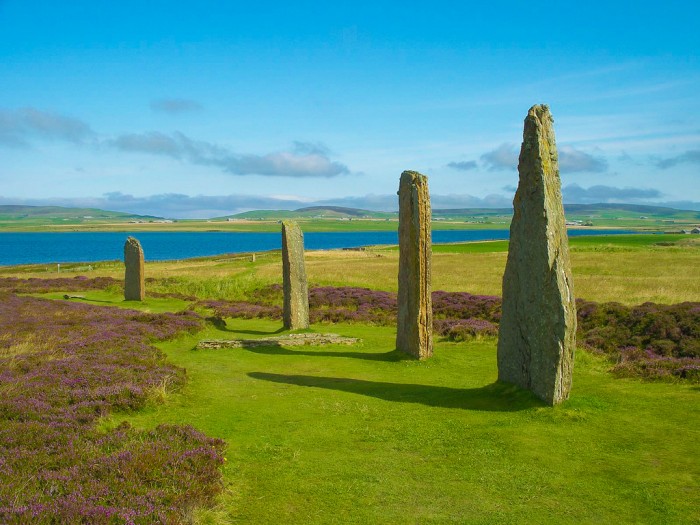 Image credit: Shadowgate
Image credit: Shadowgate
The Orkney Isles lie just of the icy, wind-blasted coast of northern mainland Scotland. These wind-swept northern isles have a long and fascinating history. The UNESCO listing refers to a handful of Neolithic sites on Orkney: the settlement of Skara Brae, a chambered tomb at Maeshowe, and standing stone circles of the Stones of Stenness and the Ring of Brodgar, created by the prehistoric people who lived here long ago. The amazing archaeological landscape of Orkney is testament to the cultural achievements of the peoples of Northern Europe during the neolithic period. A visit here is like staring through a small window into the mists of time.
Also read: Spellbound by Scotland
6. St. Kilda
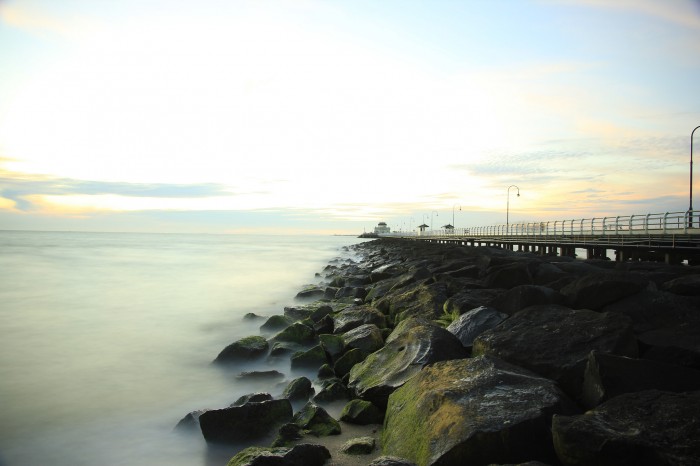 Image credit: Gilbert Parker
Image credit: Gilbert Parker
Another of Scotland’s many island groups, St Kilda is a remote archipelago and one of the most challenging to reach of all the heritage sites in the UK. It is located 40 miles northwest of the island of Uist and contains the most westerly islands in the Outer Hebrides. St. Kilda became one of Scotland’s six World Heritage Sites in 1986 and is one of the few sites in the world to hold joint status for its natural and cultural qualities.
The island is thought to have been inhabited for two millennia, though the people were all evacuated from Hirta, the largest island of the archipelago, in 1930. Now the only people living on the island are military personnel, scientists and naturalists, conservation workers and summer volunteers. The island is controlled by the National Trust for Scotland, through whom it is possible to arrange to visit this island.






